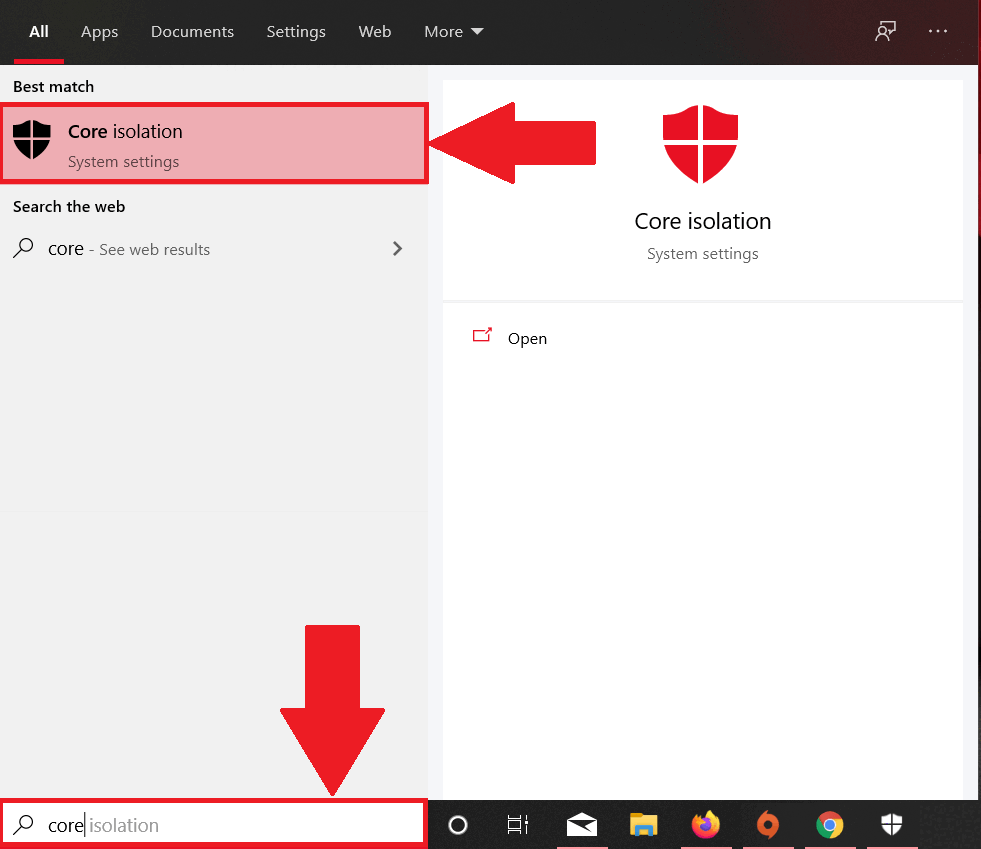Turning off Hyper-V
Hyper-V lets you run multiple operating systems as virtual machines in Windows. It also allows you to virtualize hardware. But if you’re using ZennoDroid or emulators, Hyper-V might get in the way, so in this article, let’s go over how to turn it off.
Is Hyper-V enabled?
First, let’s check if the low-level shell is running:
1. In the app search, type msinfo32.exe
2. Select System Information.
3. In the information window, look for this entry:
“A low-level shell has been detected. Features required for Hyper-V will not be displayed.”
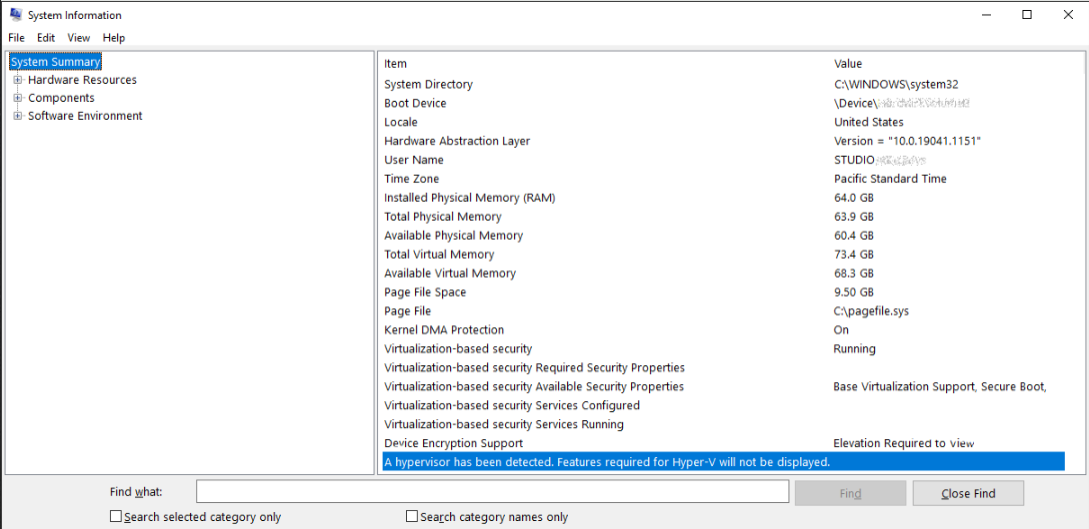
Disabling it via Command Prompt
1. Click the search bar and type Command Prompt.
Or press Win+R, type cmd and hit Ok or Enter.
2. In the command window, type this command and press Enter:
bcdedit /set hypervisorlaunchtype off
3. Done, Hyper-V is off 😎

Disabling it through Control Panel
1. Go to Control Panel → Programs → Programs and Features → click on
Turn Windows features on or off.
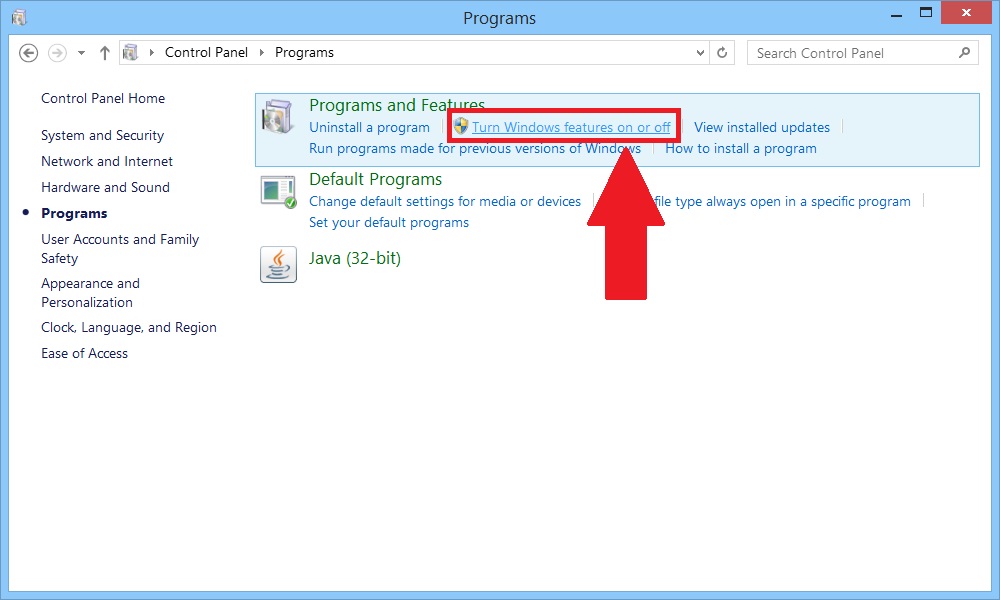
2. Now uncheck the following boxes:
- Hyper V
- Windows Hypervisor Platform
- Windows Sandbox
- Virtual Machine Platform
- Windows Subsystem for Linux
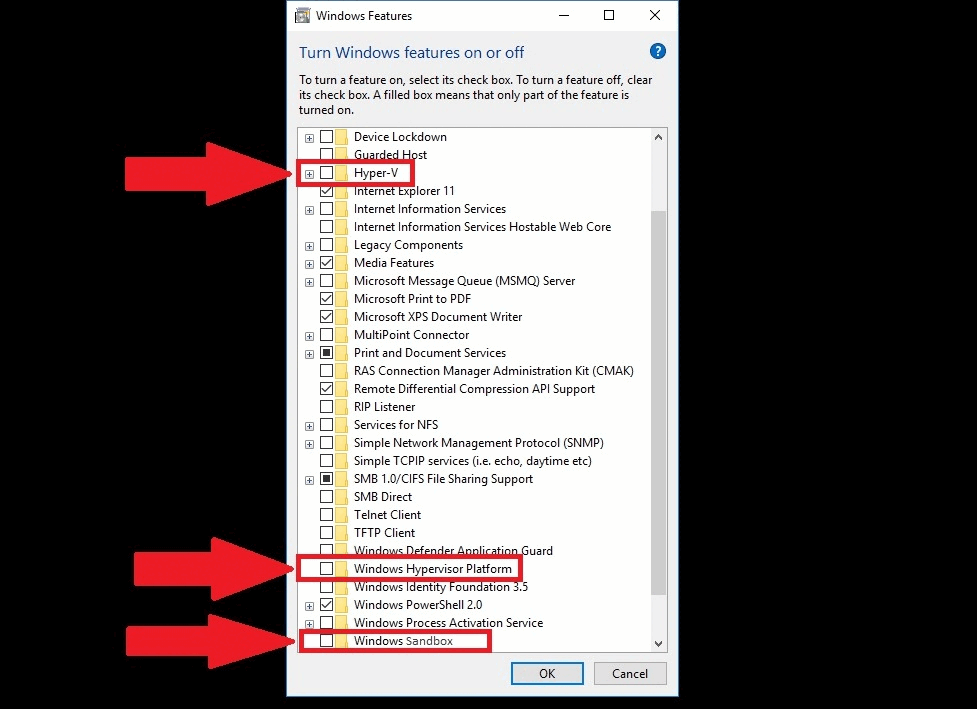
3. After that, click OK and restart your computer.
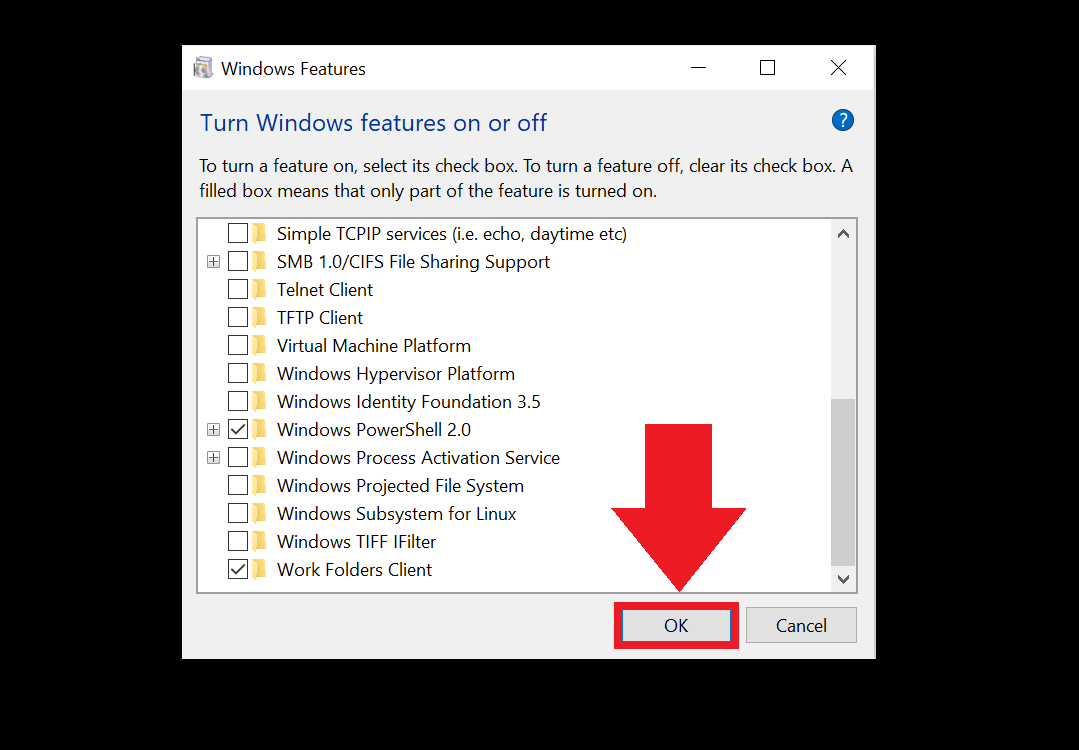
Turning off Memory Integrity
For everything to work smoothly without Hyper-V, let’s also turn off Memory Integrity.
- In the Windows search, type Core Isolation and hit Enter.
- In Core Isolation settings, disable Memory Integrity.
